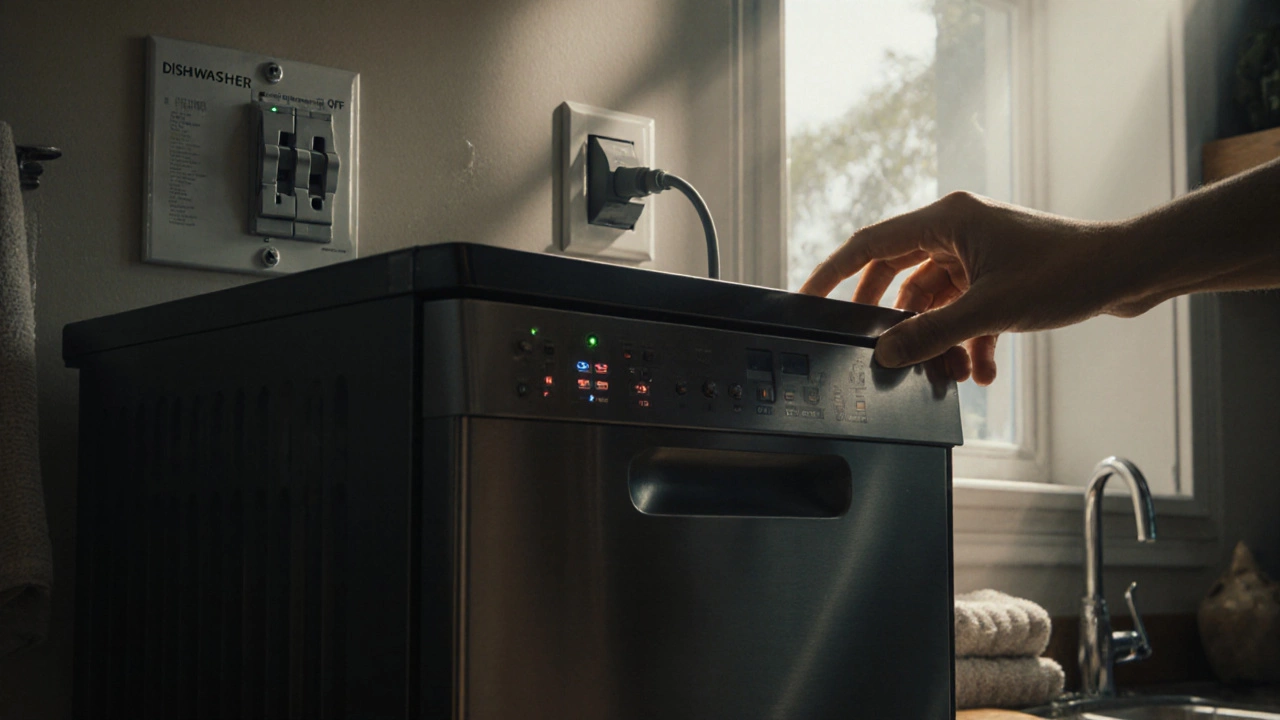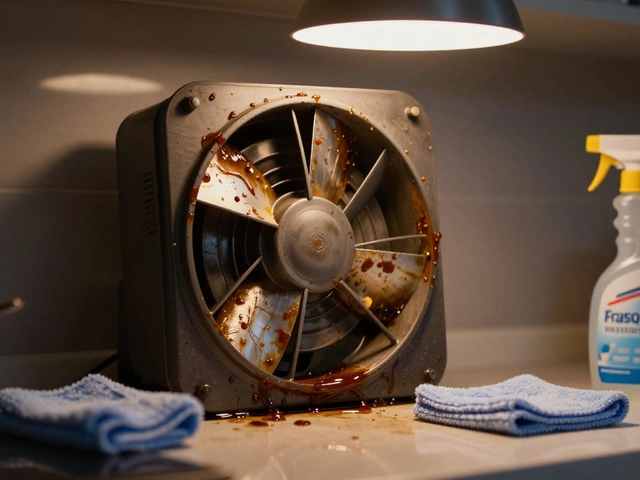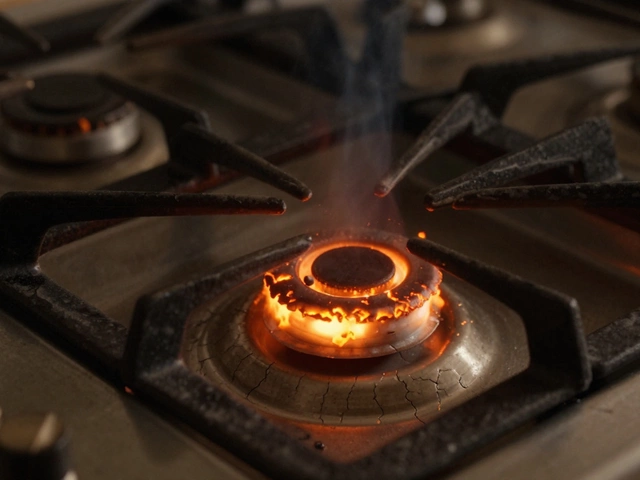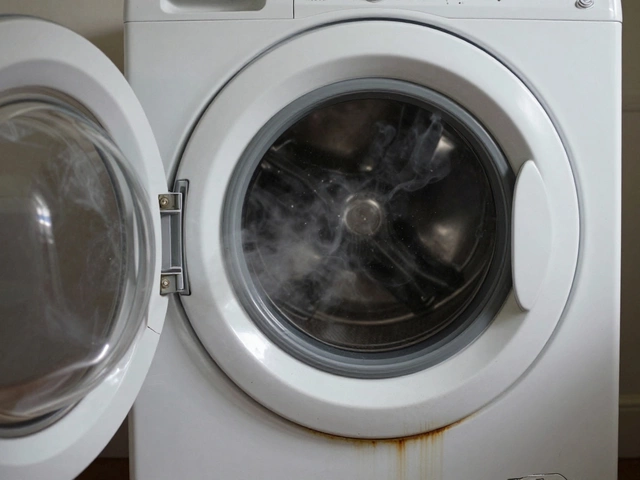Dishwasher Troubleshooting: Quick Fixes for Common Problems
When your dishwasher starts acting up, the first thought is often to call a pro. But many hiccups are easy to fix yourself. In this guide we break down the most common faults and give you step‑by‑step actions so you can get the machine humming again without the hassle.
Why is my dishwasher not draining?
The most common reason a dishwasher won't drain is a clogged pump filter. Open the lower rack, locate the filter (usually a round piece at the bottom), and twist it out. Rinse the filter under warm water and scrape off any food bits. While you’re there, check the drain hose for kinks or blockages. A quick detach and a blast of water usually clears the path.
If the filter and hose look clean, the pump itself might be jammed. Remove the pump cover (check your manual for the exact spot) and look for debris. A few small pieces of glass or broken glass can stop the impeller from turning. Gently free anything you find and re‑assemble.
Why aren’t dishes coming out clean?
Messy dishes often point to spray arm issues. The spray arms spin and spray water through tiny holes. Take them off, rinse them under the tap, and use a toothpick to clear any clogged holes. Make sure the arms spin freely before putting them back.
Another culprit is the water temperature. Dishwashers work best with water at 120‑130°F (50‑55°C). Run the hot tap in your kitchen for a minute before starting the cycle to ensure hot water reaches the machine. If you still see residue, the detergent might be old or the dispenser could be stuck. Clean the dispenser cup and try a fresh detergent.
Hard water can also leave spots. If you notice a film on glassware, add a rinse aid or use a dishwasher‑safe water softener. This simple addition can make a big difference in the final look of your dishes.
For any persistent problem—strange noises, error codes, or leaks—first unplug the appliance and give it a quick visual inspection. Look for loose hoses, cracked seals, or anything obviously out of place. Most minor issues are visible and can be tightened or replaced with basic tools.
When you’ve tried the steps above and the dishwasher still misbehaves, it’s time to call a professional. Our technicians in Weymouth can diagnose tougher faults like a faulty thermostat, broken motor, or electronic control failures. We’ll fix the issue quickly and get your kitchen back to normal.
Regular maintenance keeps these problems from coming back. Clean the filter once a month, run an empty hot cycle with a cup of white vinegar every couple of months, and check spray arms for buildup. A little care now saves you time and money later.
Got a specific issue that wasn’t covered? Drop us a note and we’ll add a quick fix to the guide. Keeping your dishwasher running smooth is easier than you think—just follow these steps and enjoy clean dishes without the stress.
How to Reset a Dishwasher When It Stops Working
- Alden Wilder
- Nov 27 2025
- 0 Comments
Learn how to reset a dishwasher when it stops working. Simple steps to fix common issues without calling a technician. Save time and money with this easy troubleshooting guide.
View MoreMost Common Dishwasher Fault: Causes, Fixes, and Expert Tips
- Alden Wilder
- Jul 30 2025
- 0 Comments
Find out why dishwashers stop draining and how you can fix the problem yourself before calling a professional. Step-by-step tips included.
View MoreShould You Fix That Dishwasher or Let It Go?
- Alden Wilder
- Apr 10 2025
- 0 Comments
Deciding whether to repair or replace a broken dishwasher can be tricky. You need to weigh the costs, age, and condition of the appliance before making a call. This article breaks down the factors you should consider, explores common dishwasher issues, and offers practical tips to help you decide if repairing your dishwasher is worth it or if it's time for an upgrade.
View More




